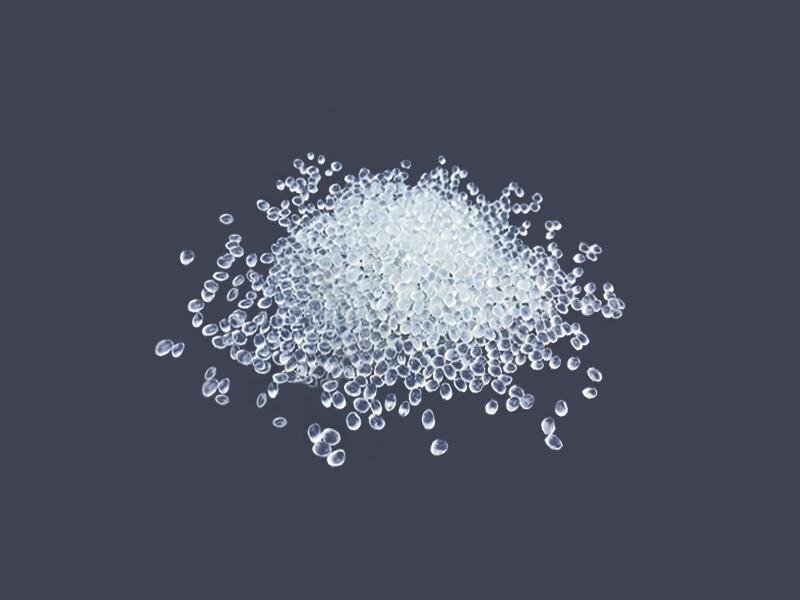-
Fil d’actualités
- EXPLORER
-
Blogs
Vinyl Acetate Market: Journey Toward Sustainable Chemical Manufacturing

The global Vinyl Acetate Market is undergoing a transformative shift as environmental sustainability becomes a strategic imperative. As a key raw material for products like adhesives, paints, coatings, textiles, packaging, and solar encapsulants, vinyl acetate monomer (VAM) plays a vital role in multiple industries. However, traditional production methods for VAM are energy-intensive and rely heavily on fossil-based feedstocks such as ethylene and acetic acid. In response, manufacturers and stakeholders across the value chain are making concerted efforts to embrace sustainable practices and green chemistry.
This article explores the evolution of sustainable manufacturing within the Vinyl Acetate Market, highlighting emerging practices, technological innovations, regulatory drivers, and industry commitments.
The Sustainability Imperative in the Vinyl Acetate Market
The increasing global focus on climate change, carbon neutrality, and pollution reduction is forcing chemical producers to rethink how they manufacture and distribute products. The Vinyl Acetate Market, once solely focused on efficiency and cost reduction, now prioritizes:
-
Carbon footprint minimization
-
Renewable and bio-based inputs
-
Waste reduction and circular economy
-
Eco-friendly packaging solutions
-
Cleaner production and zero-discharge technologies
These objectives align with global frameworks such as the UN Sustainable Development Goals (SDGs) and the Paris Agreement.
Raw Material Innovations: Transition to Renewable Feedstocks
One of the key advancements in sustainable manufacturing involves shifting away from petroleum-based raw materials. Vinyl acetate production traditionally uses ethylene and acetic acid, both derived from fossil fuels. To reduce environmental impact:
-
Bio-ethylene is being produced from sugarcane or corn-based ethanol, offering a renewable alternative.
-
Bio-acetic acid is synthesized from biomass fermentation, enabling a fully bio-based vinyl acetate monomer.
Companies such as Braskem and Dow have invested in bio-ethylene plants, laying the groundwork for greener vinyl acetate production pathways.
Green Chemistry in Process Design
Manufacturers are adopting green chemistry principles to reduce environmental hazards throughout the VAM production process. Key strategies include:
-
Catalyst improvements: Palladium-based catalysts with higher selectivity reduce by-products and lower energy usage.
-
Energy-efficient reactors: New reactor designs reduce heat loss and minimize emissions.
-
Closed-loop systems: These capture and recycle solvents and gases, cutting down on environmental discharge.
By implementing these process improvements, companies not only reduce their environmental burden but also enhance yield and product quality.
Waste Management and Circular Economy Integration
Waste management is another critical focus. Traditional chemical plants generate significant solid and liquid waste, but the Vinyl Acetate Market is moving toward:
-
Waste valorization: Converting by-products into useful inputs for other chemical processes.
-
Recycling and reusing packaging materials, especially in industries using vinyl acetate derivatives like flexible packaging.
-
End-of-life solutions: Developing biodegradable and recyclable vinyl acetate-based polymers to support a circular economy.
This transition reduces reliance on landfills and incineration, while also aligning with consumer demand for greener materials.
Reducing Emissions and Carbon Footprint
To meet national and international carbon reduction goals, companies in the Vinyl Acetate Market are:
-
Adopting renewable energy sources (solar, wind, hydro) for plant operations.
-
Installing carbon capture systems to trap CO₂ emissions from high-temperature processes.
-
Participating in emissions trading systems and carbon offset programs to balance residual emissions.
These efforts help improve brand image and secure regulatory approvals in environmentally conscious regions like the EU and North America.
Regulatory Influence and Policy Support
Government policies and international regulations are also pushing the Vinyl Acetate Market toward sustainable practices. Notable influences include:
-
REACH and EPA regulations, which limit exposure to hazardous chemicals and emissions.
-
Incentives for bio-based materials, such as tax credits and grants for R&D.
-
Extended producer responsibility (EPR) policies, which require manufacturers to manage their products’ environmental impacts throughout the lifecycle.
Producers complying with these regulations gain a competitive advantage, especially when catering to environmentally conscious markets.
Industry Examples and Best Practices
Several global companies are leading the transition toward sustainability in the Vinyl Acetate Market:
-
Celanese Corporation is investing in energy efficiency, process safety, and water stewardship across its global production sites.
-
Wacker Chemie AG has developed eco-friendly dispersions and VAM-based polymers for the paint and adhesives industry, aligned with low-VOC regulations.
-
LyondellBasell emphasizes recycling and circular chemistry, exploring renewable raw materials and plastic recovery programs.
These examples reflect a broad commitment across the industry to integrate sustainable manufacturing practices.
The Role of Digitalization and Innovation
Digital technologies are supporting sustainability efforts by:
-
Monitoring emissions in real time using IoT and sensor networks.
-
Optimizing raw material usage through AI-driven process modeling.
-
Predictive maintenance systems, reducing energy waste and downtime.
Such innovations make it easier for companies to track environmental KPIs, comply with regulations, and continuously improve performance.
Consumer and Market Demand for Green Products
End-users of vinyl acetate-based products—from packaging manufacturers to construction companies—are increasingly prioritizing eco-friendly materials. As a result, the Vinyl Acetate Market is witnessing growing demand for:
-
Biodegradable adhesives and coatings
-
Sustainable packaging solutions
-
Low-emission construction materials
This shift not only drives innovation but also justifies the investments companies are making in sustainable production.
Conclusion
The Vinyl Acetate Market is on a determined journey toward sustainable chemical manufacturing. With pressures from consumers, regulators, and environmental challenges, the industry is embracing renewable feedstocks, green chemistry, circular economy principles, and digital technologies. These efforts are not just about compliance—they also represent a competitive advantage and a long-term strategy for resilience. As global demand for sustainable materials continues to rise, companies leading the way in responsible vinyl acetate production will define the next era of growth and innovation.





